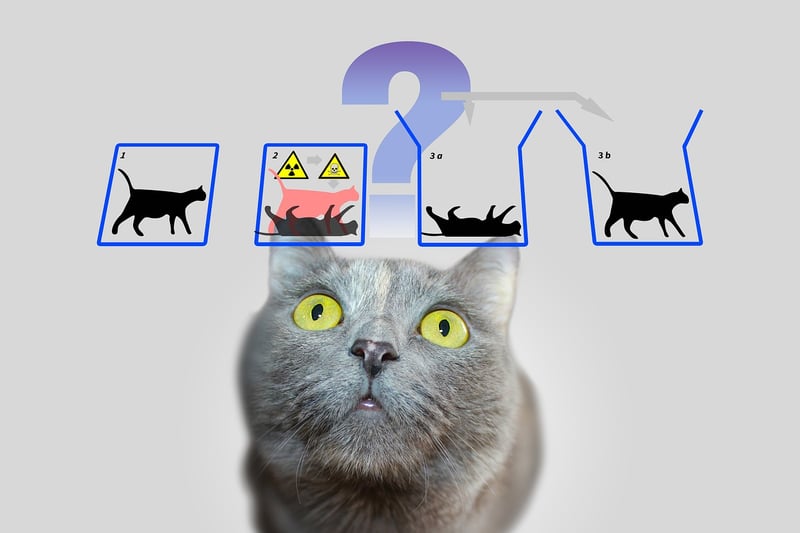Bootstrap Paradox
The Fascinating World of Time-Travel Paradoxes
Time travel has long been a captivating subject in science fiction, with its intricate concepts and mind-bending paradoxes. One of the most intriguing paradoxes in time travel is the Bootstrap Paradox, which challenges our understanding of cause and effect. Let's delve into this paradox and explore its implications.
What is the Bootstrap Paradox?
The Bootstrap Paradox, also known as a causal loop, occurs when an object or information is sent back in time and becomes trapped in an infinite loop with no clear point of origin. In simpler terms, it raises the question of what came first – the chicken or the egg?
Example of the Bootstrap Paradox
Imagine a scenario where a time traveler goes back in time and gives Beethoven a sheet of music that he then copies and claims as his own creation. The music is then brought back to the future, published, and eventually found by the time traveler, who travels back in time to give it to Beethoven. In this loop, the origin of the music is unknown, creating a paradoxical situation.
Implications and Theories
The Bootstrap Paradox challenges traditional ideas of cause and effect, suggesting that events can be self-created without a clear origin. Some theories propose the existence of multiple timelines or parallel universes to explain such paradoxes, allowing for the coexistence of different versions of reality.
Conclusion
Time-travel paradoxes like the Bootstrap Paradox offer a glimpse into the complexities of temporal mechanics and the philosophical implications of altering the past. While the concept may seem perplexing, it continues to inspire creative storytelling and thought experiments in the realm of science fiction.

Explore more about time-travel paradoxes and expand your understanding of the enigmatic world of temporal anomalies!
